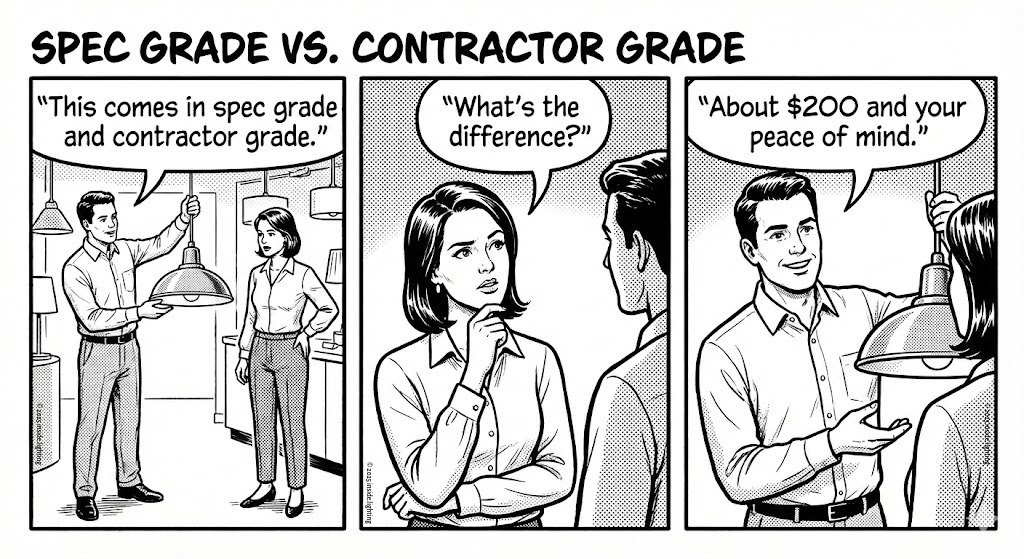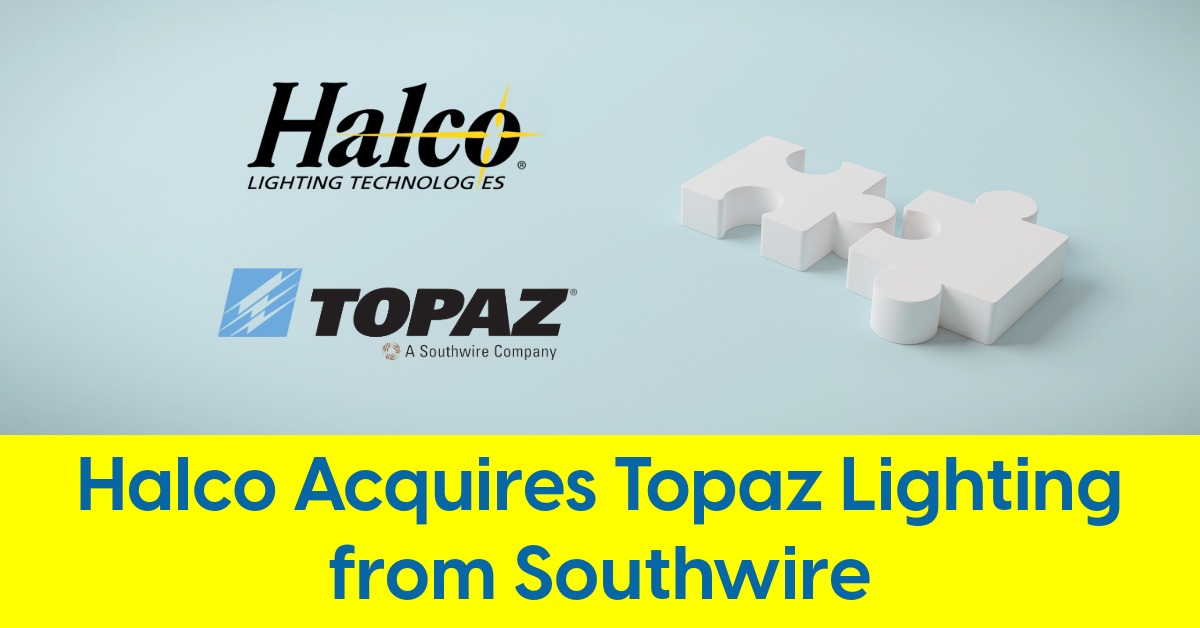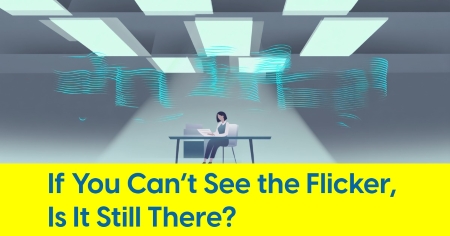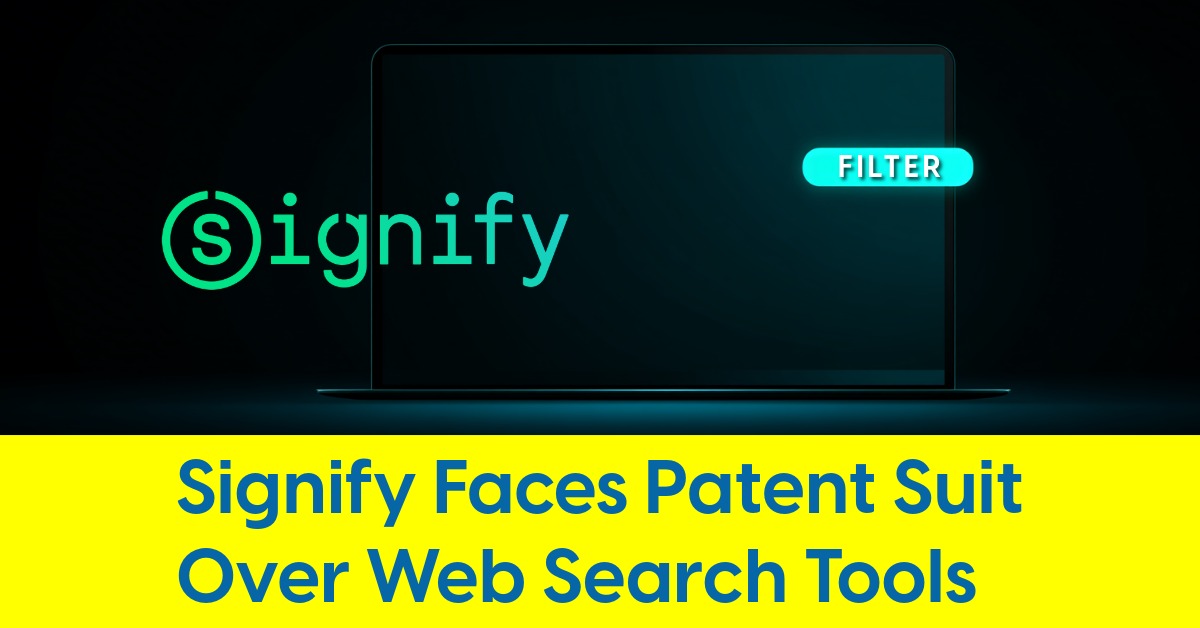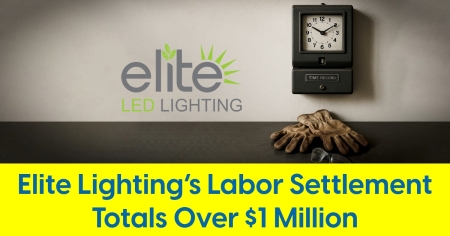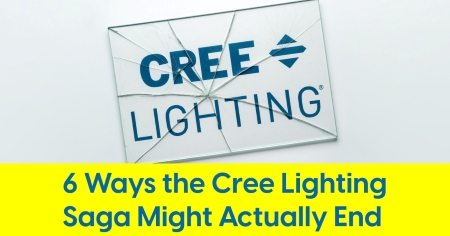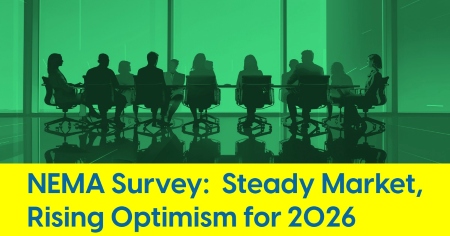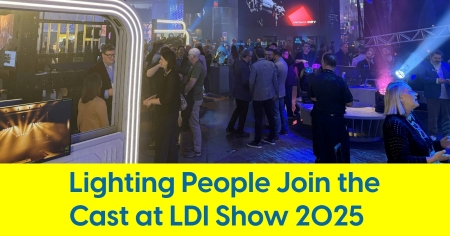June 7, 2025
5 Things to Know: June 7

A new Signify product leaks ahead of launch. Plus, DarkSky casts shade on lighting’s impact on reducing crime.
Here's a roundup of some of the week's happenings curated to help lighting people stay informed.
1 . Signify’s Philips Hue Wall Washer Leaked Ahead of Launch
Amazon UK has leaked details of Philips Hue’s upcoming ambient lighting fixture: the Hue Play Smart Wall Washer. As The Verge reported, the new model appears to be a brighter, more advanced successor to the popular Hue Play Light Bar—boasting smoother gradients, enhanced color output, and music/video sync capabilities.
Amazon played spoiler to Signify's Philips Hue wall washer launch plans https://t.co/igdeqN3Fjo
— Inside Lighting (@InsLighting) June 7, 2025
According to Hueblog.com, the fixture outputs 1,035 lumens—twice the brightness of its predecessor—and uses RGBW technology to project light diagonally upward, covering three times more wall space. Unlike the original Light Bar, the Wall Washer isn’t meant to be tucked behind screens; it’s designed to stand alone and be seen.
Constructed from matte-finished aluminum rather than plastic, the unit aims to reduce screen glare while blending with premium home setups. At £199.99 (about $270), it’s not cheap — pricing and availability for North America have yet to be confirmed.
2. Orion’s financial situation
In a move described in a recent U.S. Securities and Exchange Commission (SEC) filing, Orion Energy Systems, Inc. and its newly appointed CEO Sally Washlow have agreed to defer her $500,000 cash signing bonus and the related $300,000 direct stock purchase originally scheduled for June 2, 2025.
The decision, made on May 29, 2025, was reached “due to the current financial condition of the Company” and will be reviewed quarterly by Orion’s Human Capital Management and Compensation Committee in consultation with Washlow. The original agreement required Washlow to use a portion of the after-tax bonus proceeds to buy Orion common stock following the company's fiscal 2025 financial results.
The deferral signals both corporate discipline and personal flexibility by the new CEO, potentially prioritizing Orion’s liquidity over immediate personal compensation. However, if Orion’s stock price appreciates before the bonus is eventually disbursed, Washlow could end up with fewer shares than if the purchase had occurred on schedule — effectively reducing her equity stake. The company’s filing highlights that “the timing of such Cash Signing Bonus and related direct purchase of Common Stock [will] be reviewed quarterly and mutually agreed upon,” reflecting ongoing financial caution and possibly hinting at broader liquidity concerns.
The agreement reflects Orion's financial pinch — and Washlow’s willingness to delay personal gain in support of the company’s near-term stability.
3. Signify EnabLED Program Surpasses 1,700 Licensees
This week, Signify quietly updated its EnabLED patent licensing program webpage to reflect a new milestone: more than 1,700 companies are now officially on board. The count is up from 1,600 in August 2024 and 1,500 recorded in April 2023, marking a consistent influx of new licensees over the last ten months. The figures are based on Inside Lighting's monitoring of the Signify EnabLED webpage, though Signify’s chart below reflects different timing.
The steady growth comes as Signify continues to flex its intellectual property muscles across the lighting industry. While many licensing agreements appear to be settled without public friction, the company has shown little hesitation in taking legal action against manufacturers it believes are using its patented technologies without a license.
The expanding roster suggests that more companies — ranging from global OEMs to smaller regional players—are opting to negotiate early rather than face potential enforcement. With over 5,000 patents in play, the EnabLED program remains a central force in how IP is navigated in the LED lighting and technology space.
4. Fact Sheet Breaks Down GUV Options for Schools
A new fact sheet from the U.S. Green Building Council and ASHRAE offers a technical, but accessible, guide to Germicidal Ultraviolet (GUV) technologies for schools, positioning them as viable tools for improving indoor air quality — even if they’re no longer pandemic headliners.
The document outlines three primary GUV system types: upper-room, in-duct, and portable. Upper-room GUV, installed at least 7 feet above floor level, is highlighted for its effectiveness in inactivating airborne pathogens — particularly when paired with proper air circulation. In-duct systems target pathogens downstream of HVAC filters and offer added benefits like reducing biofilm buildup on coils. Portable GUV devices, meanwhile, are flagged for their limitations. While they can be useful for surface cleaning and supplemental air treatment, the fact sheet makes clear they’re not suitable as a school’s primary mitigation strategy.
Notably, while the fact sheet avoids endorsing any single approach, its technical framing subtly favors upper-room and in-duct solutions as more credible options for schools navigating complex air quality requirements.
GUV may not dominate headlines like it once did, but as this document suggests, it's still very much on the radar in school infrastructure planning.
5. DarkSky Report Calls for Lighting Industry Reform
The new State of the Science report from DarkSky delivers a pointed rebuke to conventional thinking on outdoor lighting. Once framed as a clean, efficient solution, artificial light at night (ALAN) is now shown to be more problematic than many in the lighting industry care to admit.
Key findings include:
- Skyglow saturation: Over 99% of U.S. and European populations now live under light-polluted skies—making darkness the exception, not the norm.
- Safety assumptions unproven: Despite decades of belief, the report finds no consistent scientific evidence that more outdoor lighting reliably reduces traffic accidents or deters crime.
- Ecological disruption: More than 160 species have documented adverse reactions to ALAN, affecting everything from reproduction cycles to migration patterns.
- LED rebound effect: While solid-state lighting (SSL) is more efficient, its lower cost has led to higher usage—undercutting energy savings and raising concerns about greenwashing in “sustainable” lighting claims.
Rather than reject lighting altogether, the report calls for new metrics, design standards, and regulation. But it leaves no doubt: the burden of proof now lies with those claiming that more light means better outcomes.


